In a recent aviation incident that sent shockwaves through the industry, a Boeing 737 Max jet operated by Alaska Airlines experienced a midflight blowout, resulting in a gaping hole along its fuselage. The aftermath of this event has sparked a flurry of investigations and raised critical questions surrounding aircraft safety and manufacturing practices.
The National Transportation Safety Board (NTSB) has taken center stage in unraveling the circumstances leading up to the midflight blowout. Federal investigators have delved into the intricate web of connections between Boeing, Spirit Aerosystems, and various stakeholders involved in the production and maintenance of the ill-fated aircraft.
The revelations from the NTSB hearings have shed light on systemic issues within the aviation industry. Reports of overlooked safety protocols, lax manufacturing standards, and a culture of intense pressure have surfaced, painting a concerning picture of the behind-the-scenes operations of aircraft production.
Key figures within the industry have voiced their concerns regarding the incident and its broader implications. Jennifer Homendy, Chair of the NTSB, emphasized the hidden toll of such events on both crew members and passengers, highlighting the lasting impacts that extend beyond physical injuries.
As the investigations continue to unfold, the spotlight is on Boeing and its efforts to rectify the lapses in quality control and safety measures. The company’s newly appointed leadership, along with initiatives to enhance factory safety protocols, signal a commitment to addressing the underlying issues that have come to the forefront in the wake of the blowout.
While the road to restoring public trust may be long, industry experts like Chris Dane remain cautiously optimistic about Boeing’s trajectory toward improvement. Acknowledging the gravity of the situation, Dane underscores the urgency for swift and decisive action to rectify the shortcomings in safety and quality standards.
The aftermath of the Alaska Airlines blowout has catalyzed a reevaluation of industry practices, prompting a collective effort to fortify safety standards and instill a culture of transparency and accountability within the aviation sector. As the aviation community navigates these turbulent skies, the lessons learned from this incident serve as a poignant reminder of the paramount importance of upholding safety and integrity in all facets of aircraft manufacturing and operation.
Catch up on the top stories and travel deals by subscribing to our newsletter!

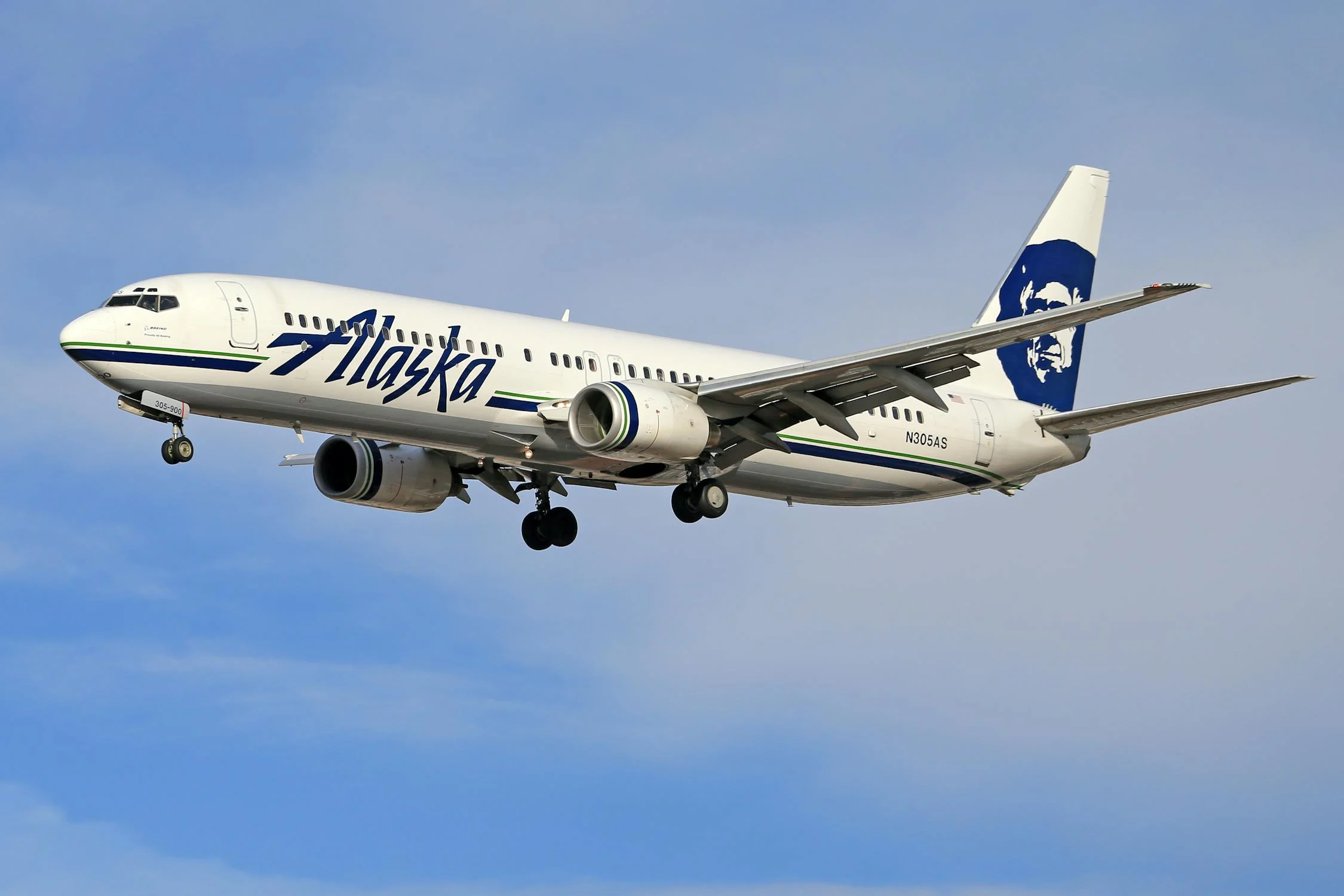

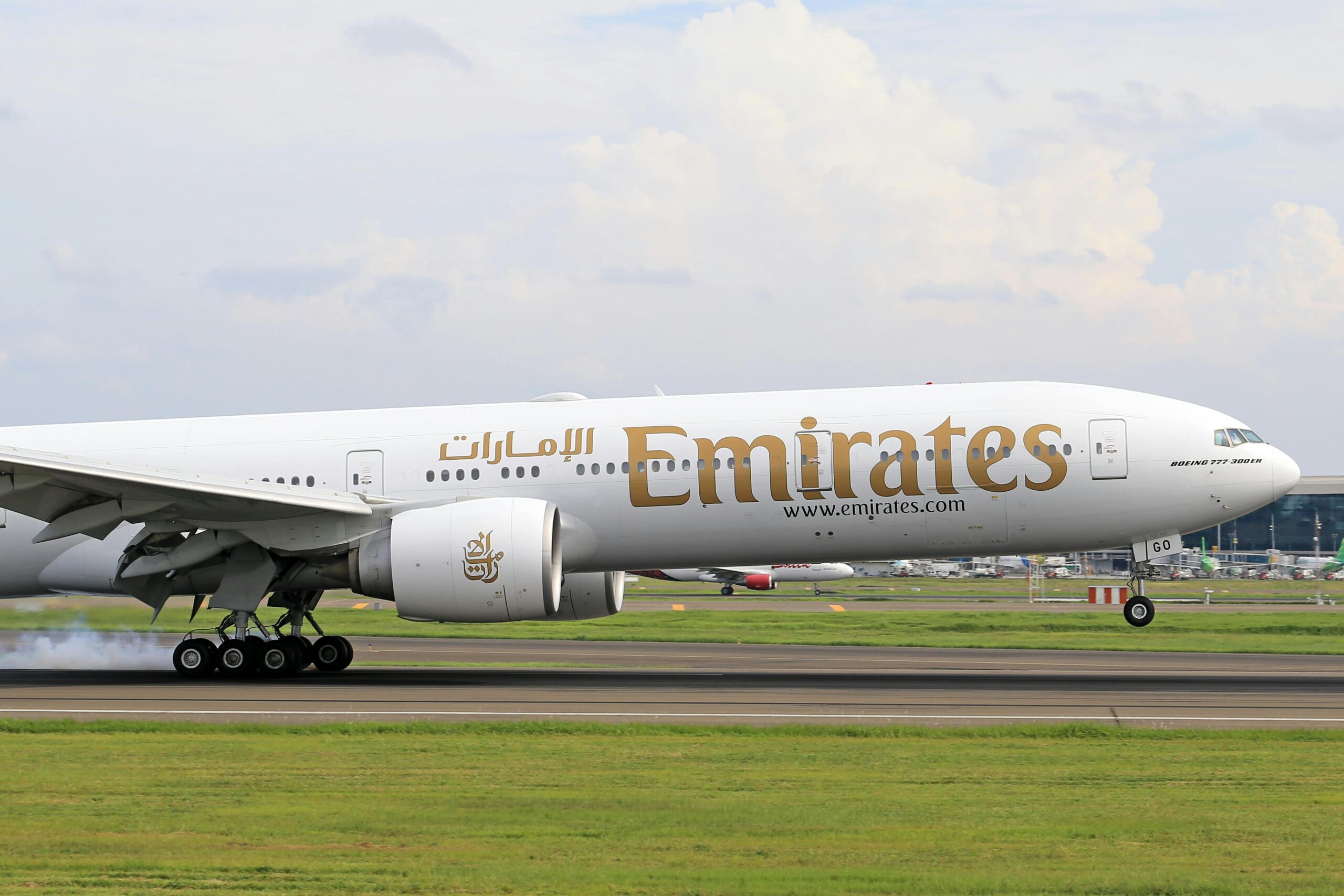
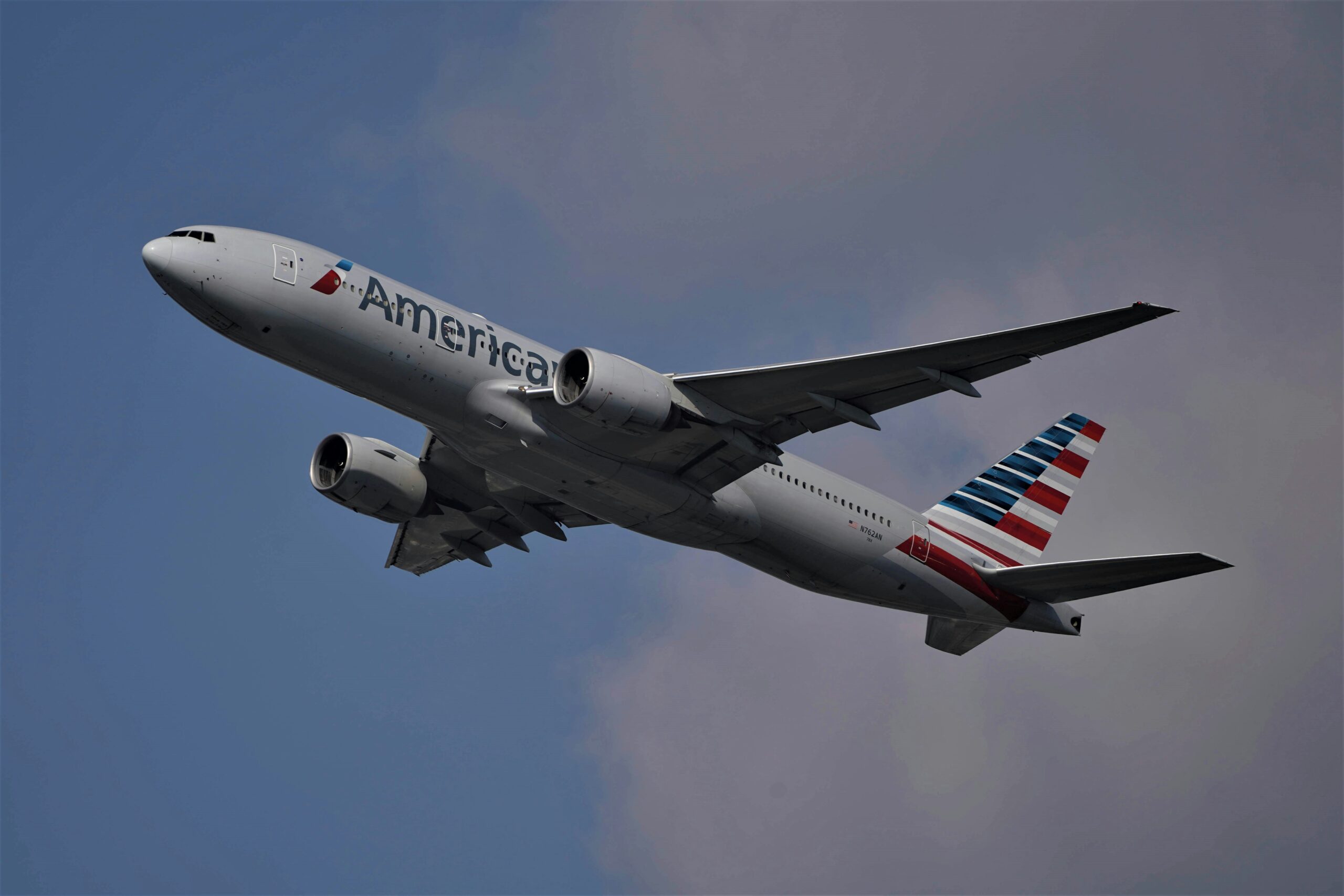
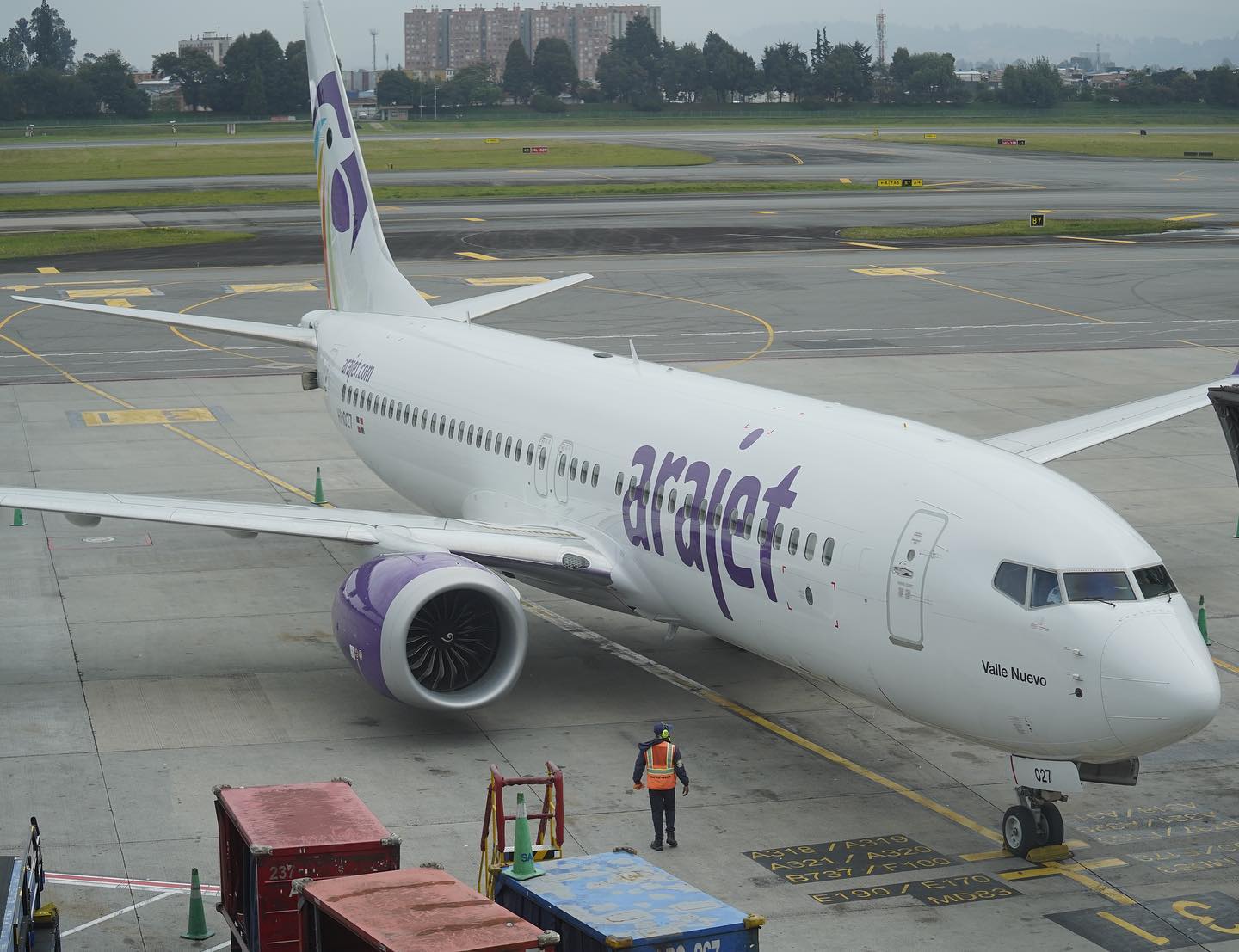
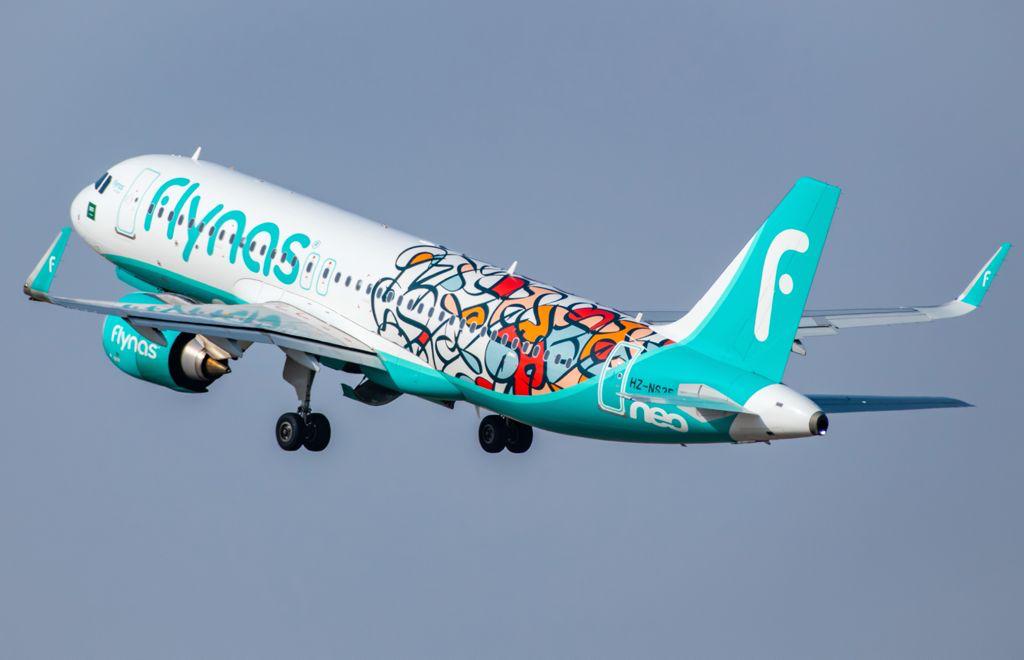
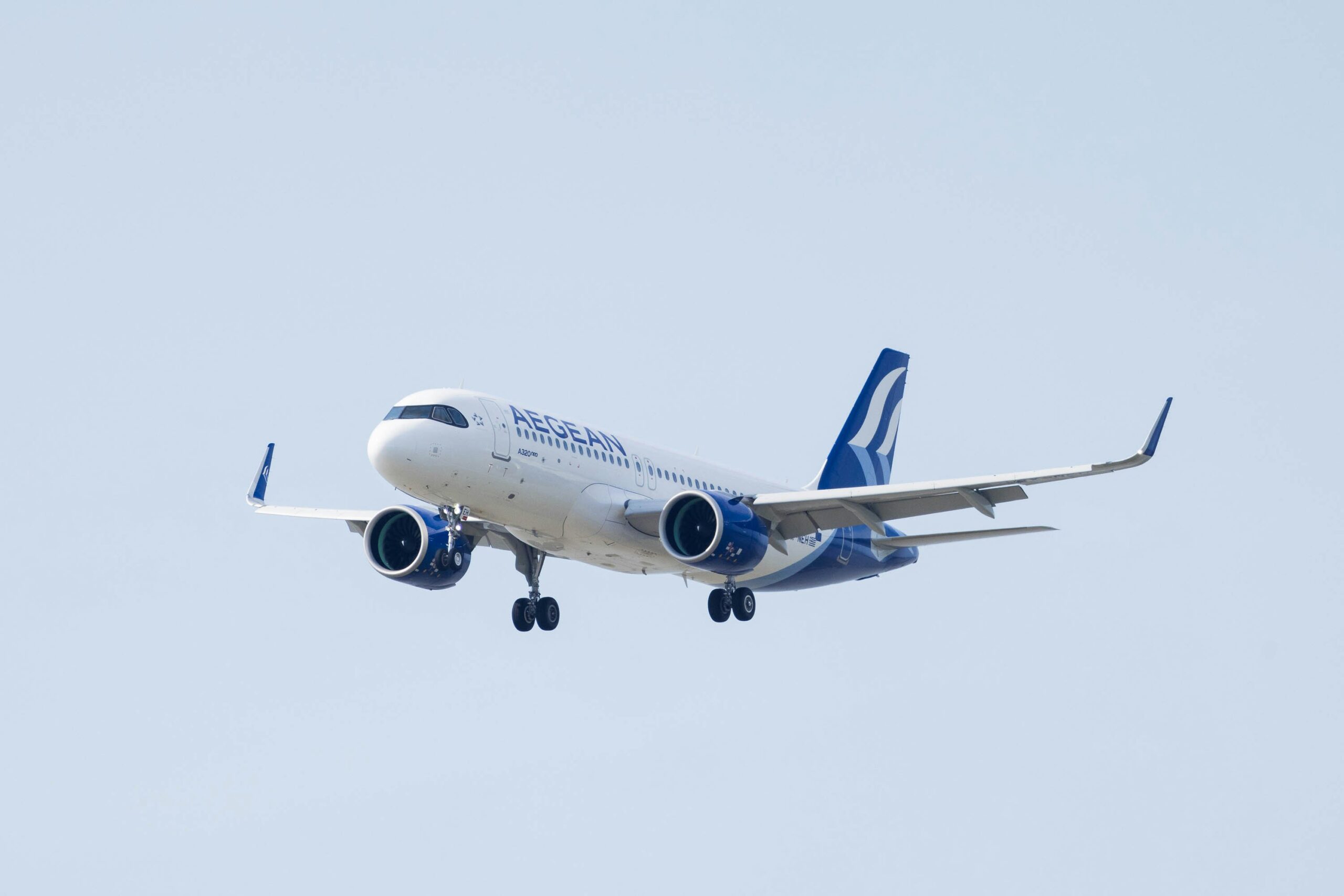




Leave a Reply